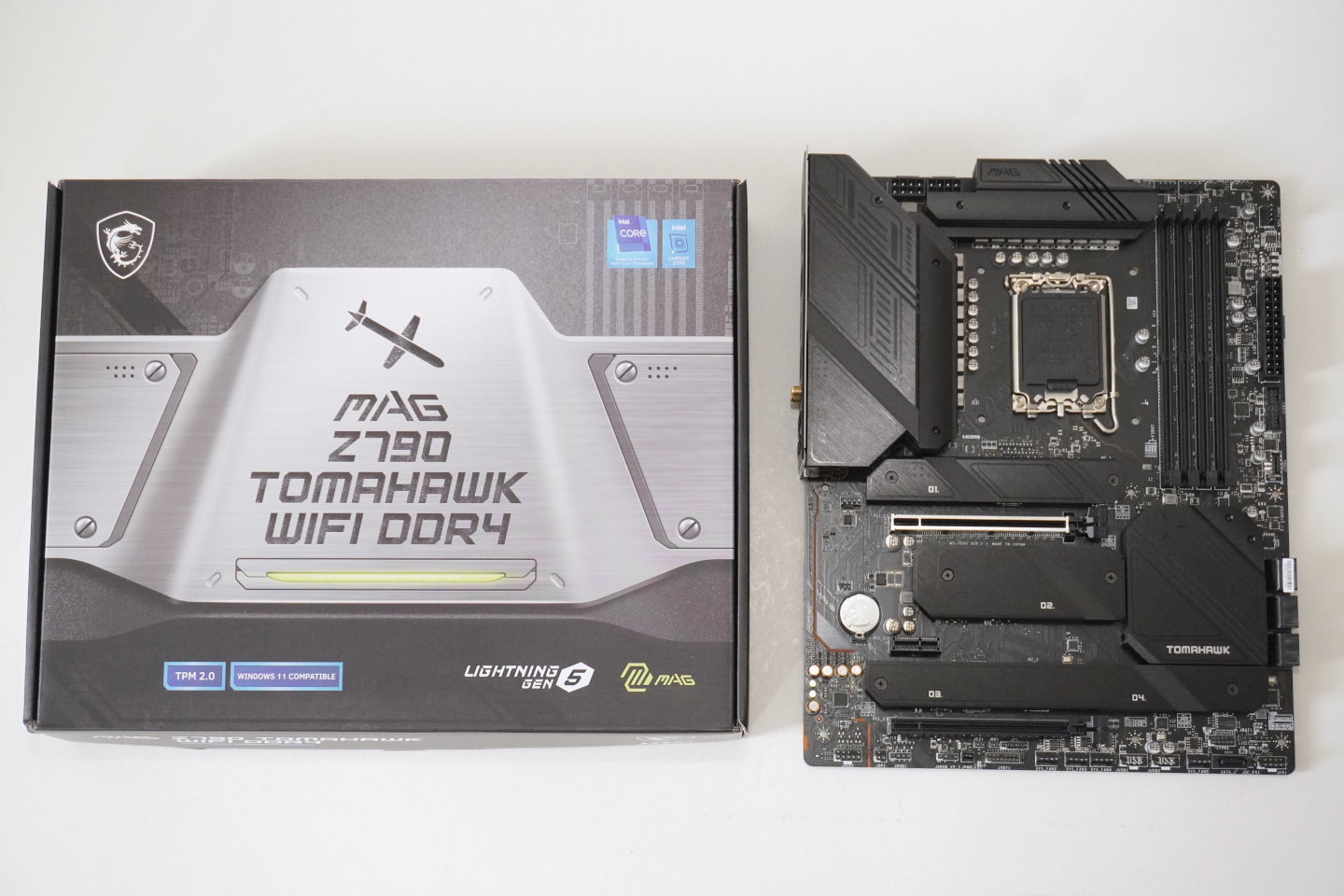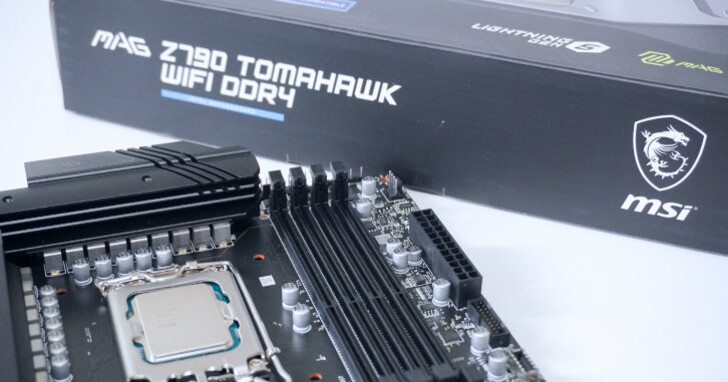
Intel’s 13th-generation Core I processors, code-named Raptor Lake, can support two types of memory, including DDR4 and DDR5, allowing consumers to have more affordable options for installation.
DDR4 last generation glory
Although Intel has not disclosed what memory the 14th-generation Core I processors code-named Meteor Lake will support, it is very likely that only DDR5 memory will be supported, and AMD has also fully switched to DDR5 memory for Ryzen 7000 series processors and AM5 platforms. Therefore, Raptor Lake is likely to be the last generation of PC processors to support DDR4 memory.
Although the high bandwidth advantage of DDR5 memory has gradually matured, the price is still relatively high. If we compare the cheapest products of the two types of memory, the price of DDR5 is about 1.43 times that of DDR4 with the same capacity. The price gap of high-end products is even greater. Therefore, for consumers in the mainstream price range, DDR4 memory is also a good choice with a more competitive price.
In order to verify the performance gap between the two types of memory, the author chose the Core i5-13600K processor and the MSI MAG Z790 TOMAHAWK WIFI DDR4 motherboard for performance testing to see if the mid-range processor and cheap memory can take advantage of the price and cost-effectiveness. (As for the consumer group who bought the Core i9-13900K, they should not care about the price of the memory)
During the test, the Resizable BAR function of the graphics card was turned on. Each result was tested in 2 rounds. After determining that there were no extreme values, the average was taken. The game performance used the built-in test mode of the game. “Global Offensive” uses Titled Tower Benchmark, FPS Benchmark map, and NVIDIA FrameView to test, and set the highest picture quality in 1080p, 2K, and 4K resolution. Set the item to the highest setting, turn off settings such as VRS or dynamic resolution, and only adjust the ray tracing function on and off. As for the results of the control group, the results were taken from the previous articles written by the author.
Test Platform:
Processor: Intel Core i5-13600K
Cooler: MSI MEG Coreliquid S360
Motherboard: MSI MAG Z790 TOMAHAWK WIFI DDR4 (UEFI version 1.1.0)
Memory: Team Xtreem ARGB DDR4-4000 8GB x 2 (@DDR4 -4000)
Graphics Card: NVIDIA GeForce RTX 3080 Founder Edition
Storage: Seagate FireCuda 520 SSD 1TB
Power Supply: MSI MPG A1000G PCIE5
Software Environment: Windows 11 Pro 21H2 (Build 22621.674), GeForce Game Ready 521.90
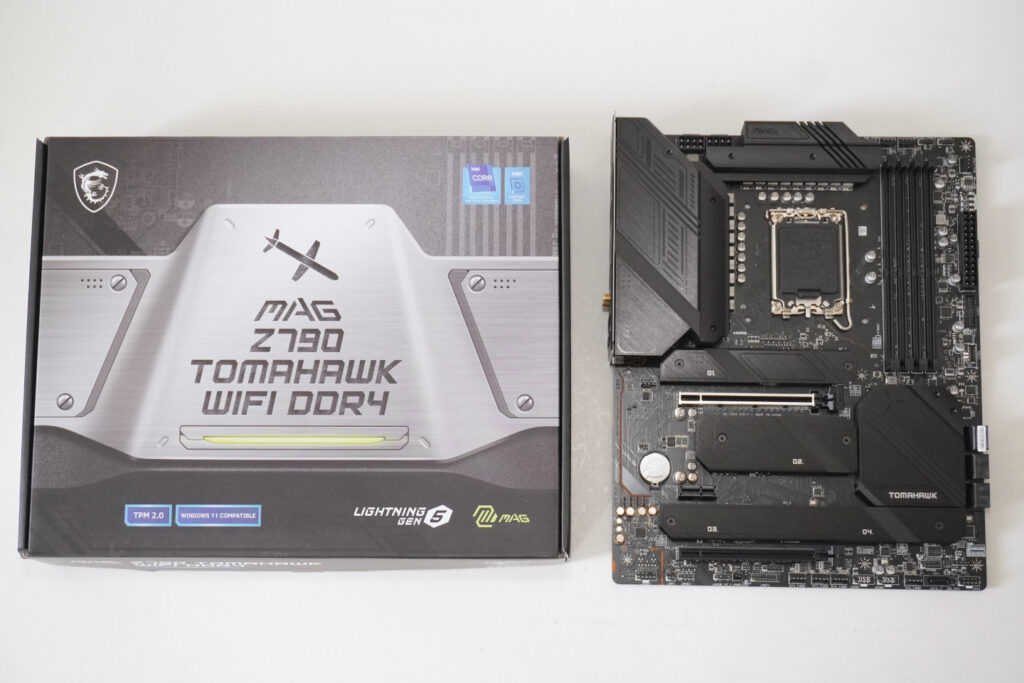
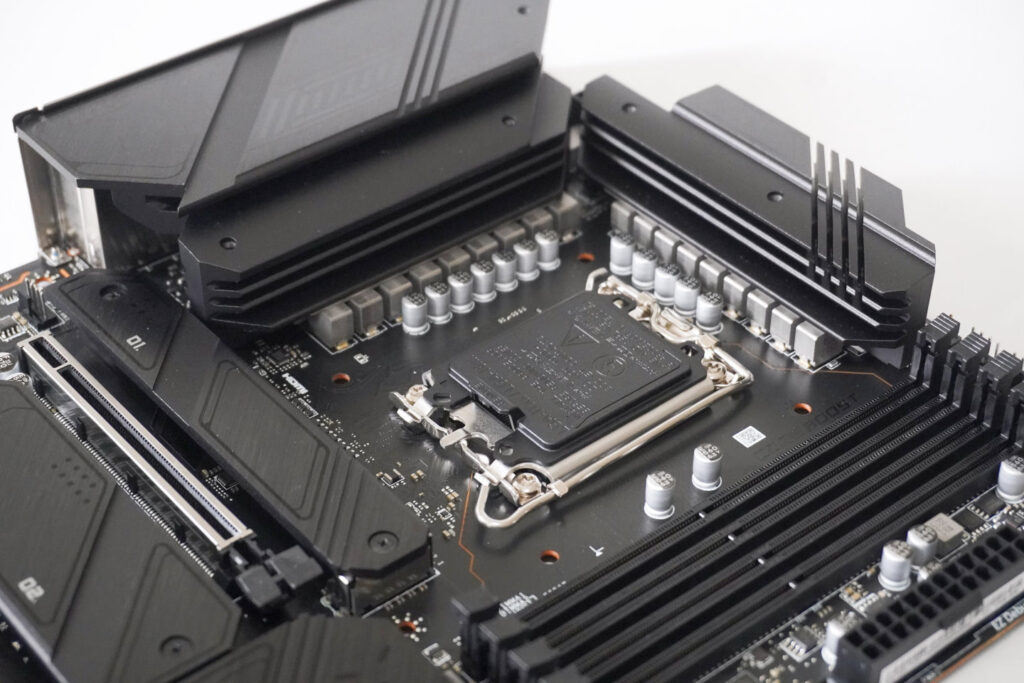
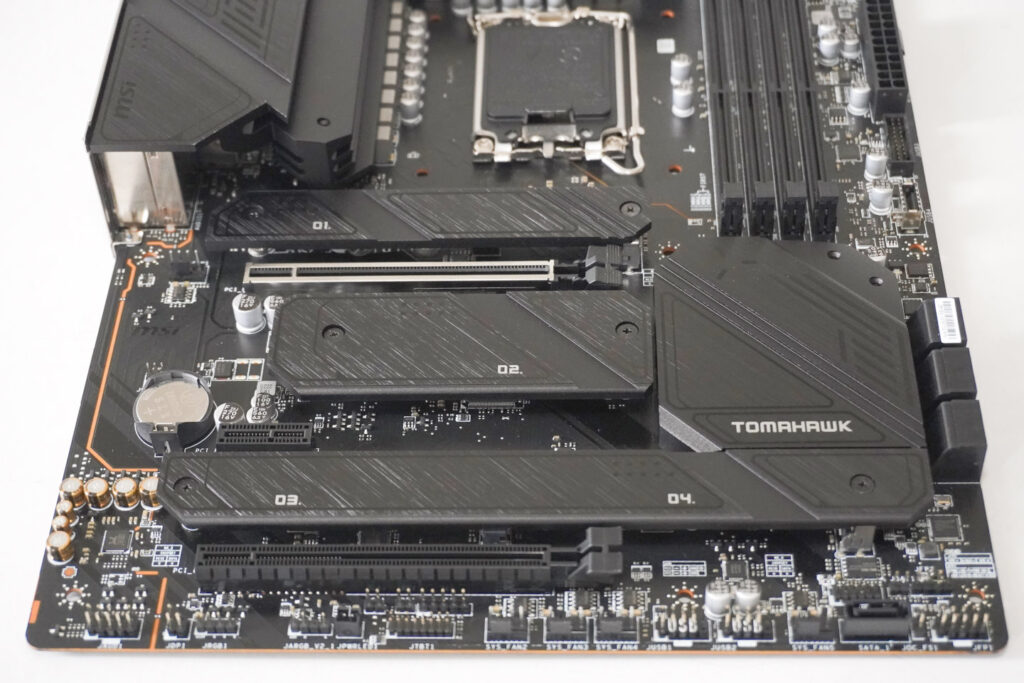
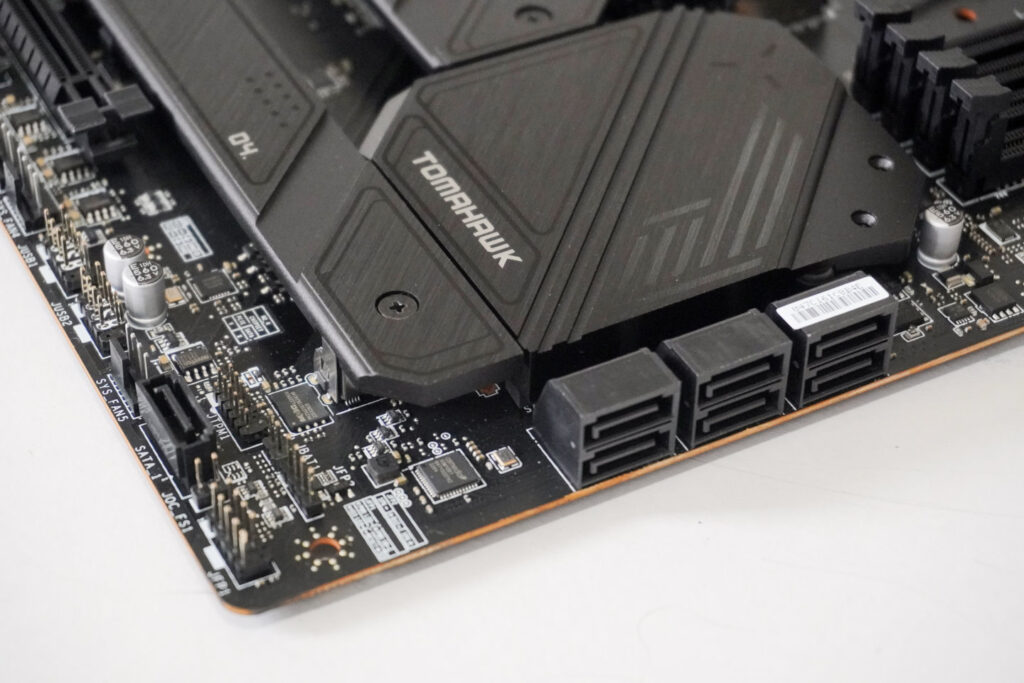
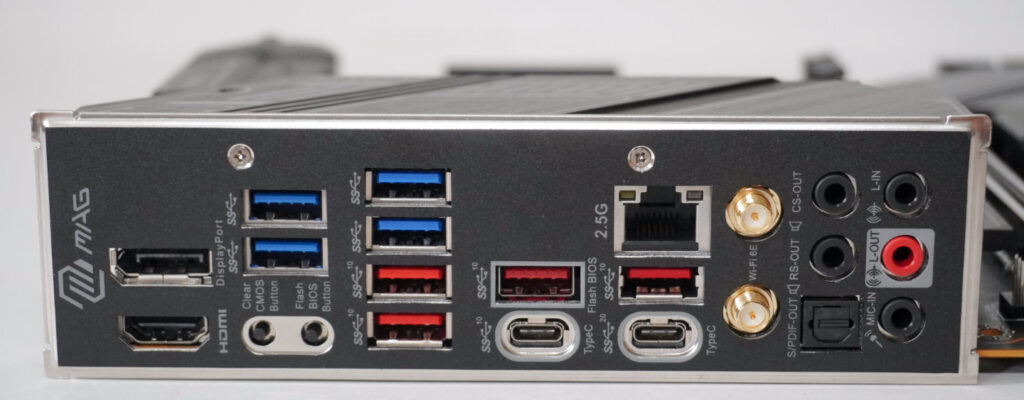
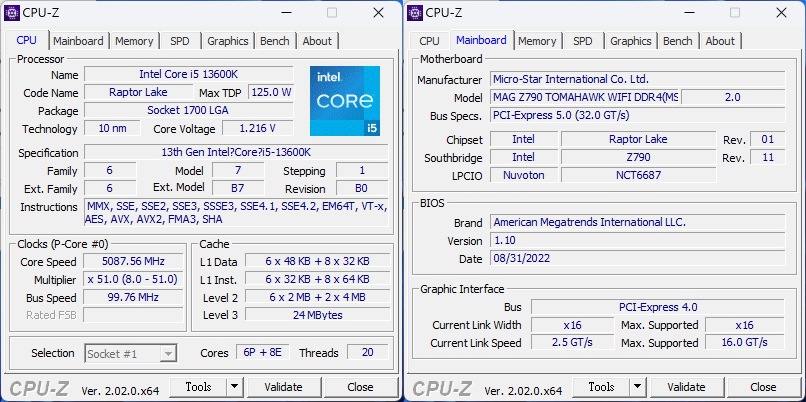
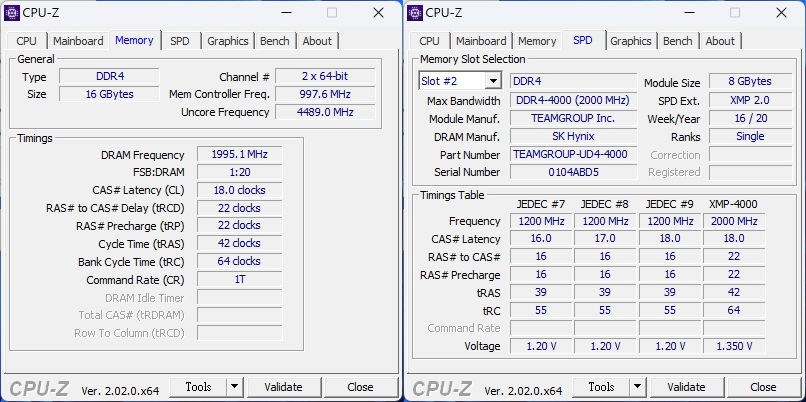
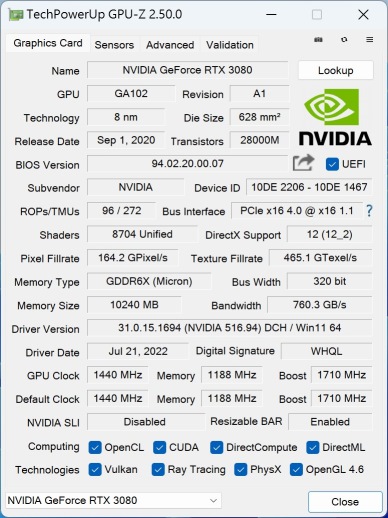
Processor and Comprehensive Performance Testing
In the first half of the test, let’s take a look at how the Core i5-13600K with different types of memory affects performance.
The testbeds in the data chart are marked as follows:
7600X: Ryzen 5 7600X, B650 Chipset, DDR5-6000
7700X: Ryzen 7 7700X, X670E Chipset, DDR5-6000
12600K: Core i5-12600K, Z690 Chipset, DDR5-4800
13600KD4: Core i5-13600K, Z790 chipset, DDR4-4000
13600K: Core i5-13600K, Z790 chipset, DDR5-6000
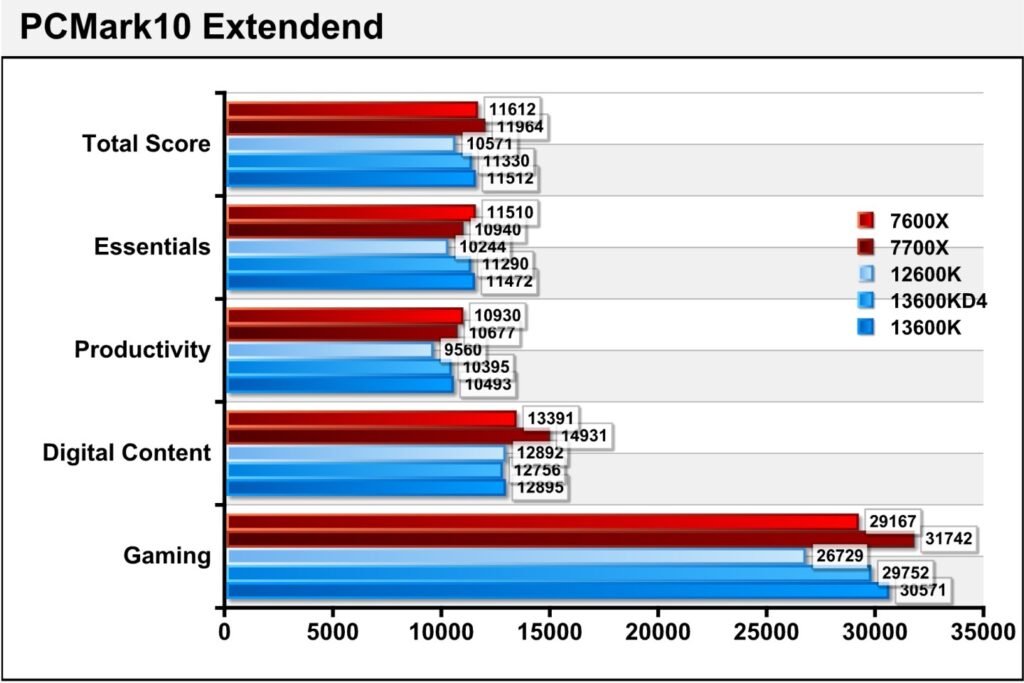
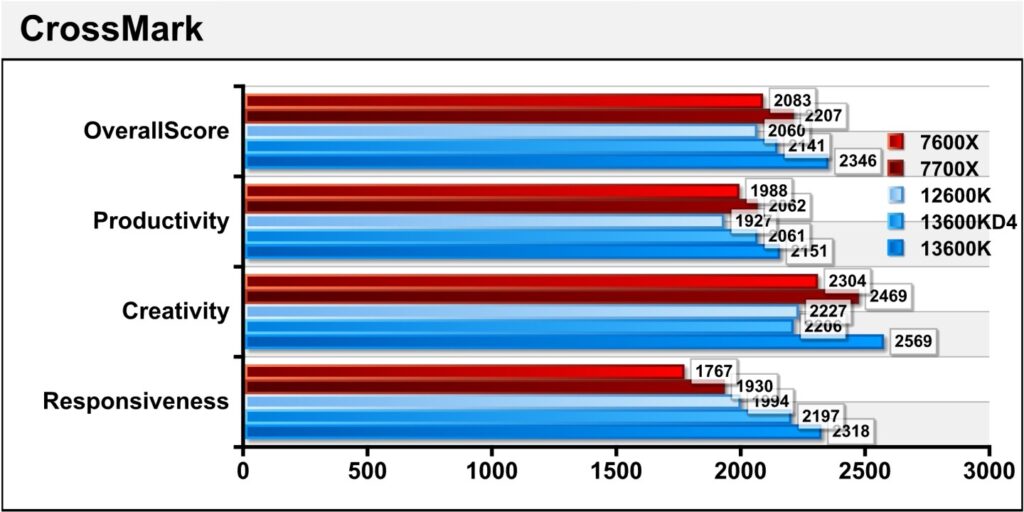
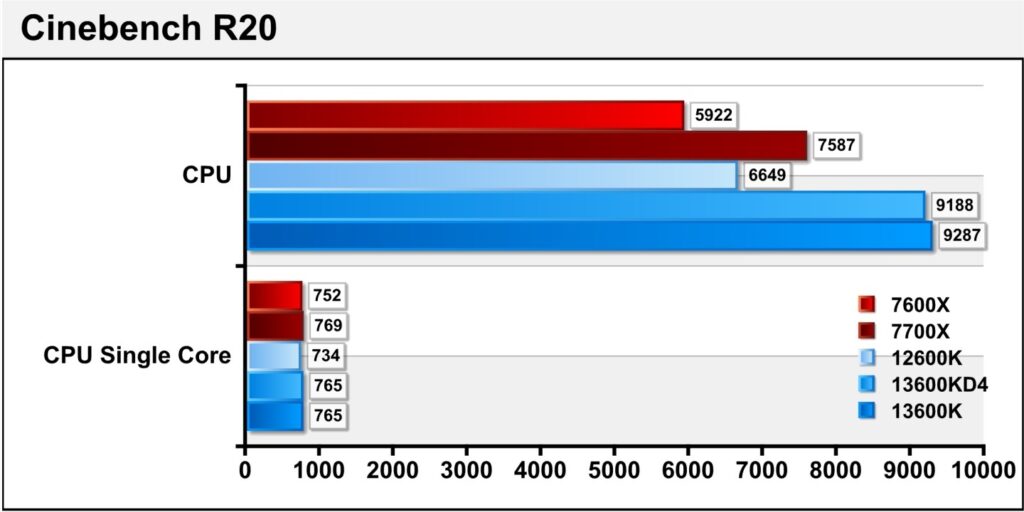
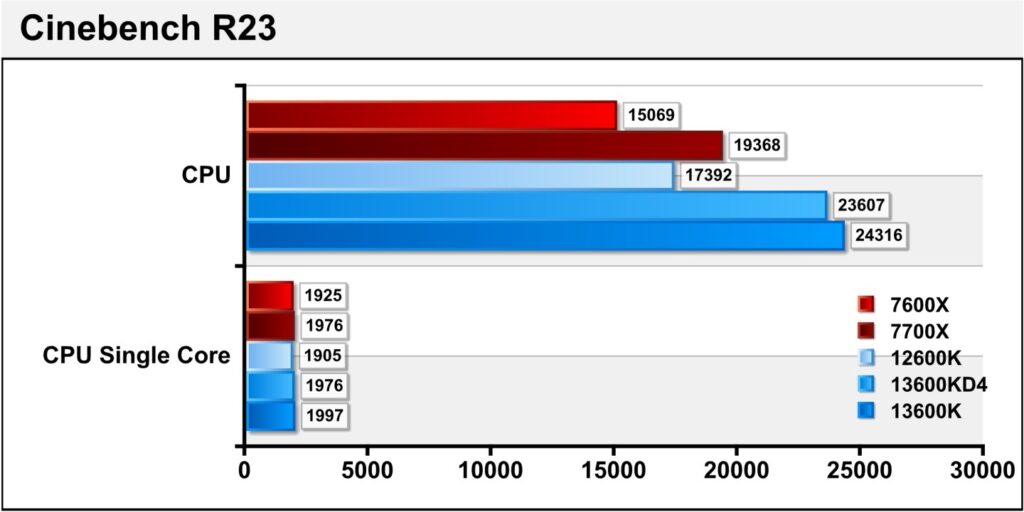
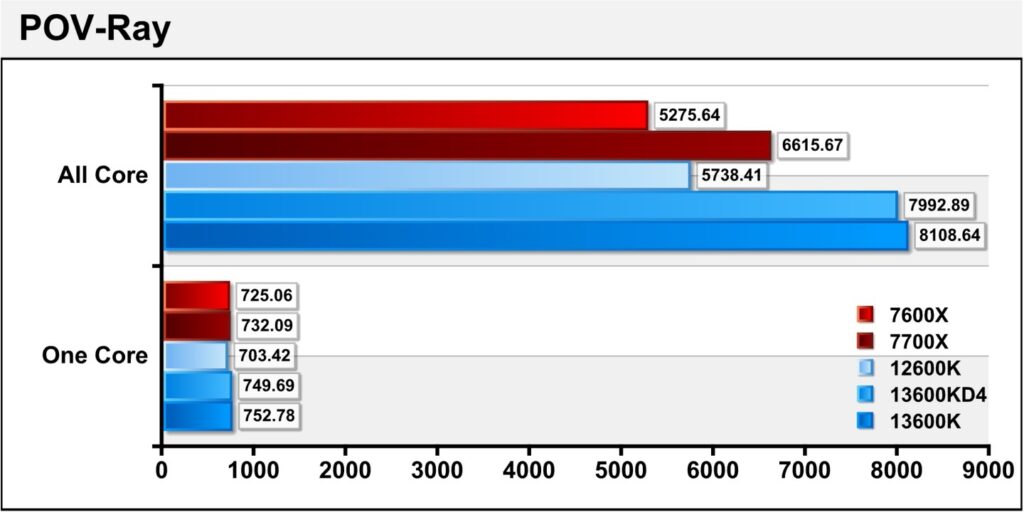
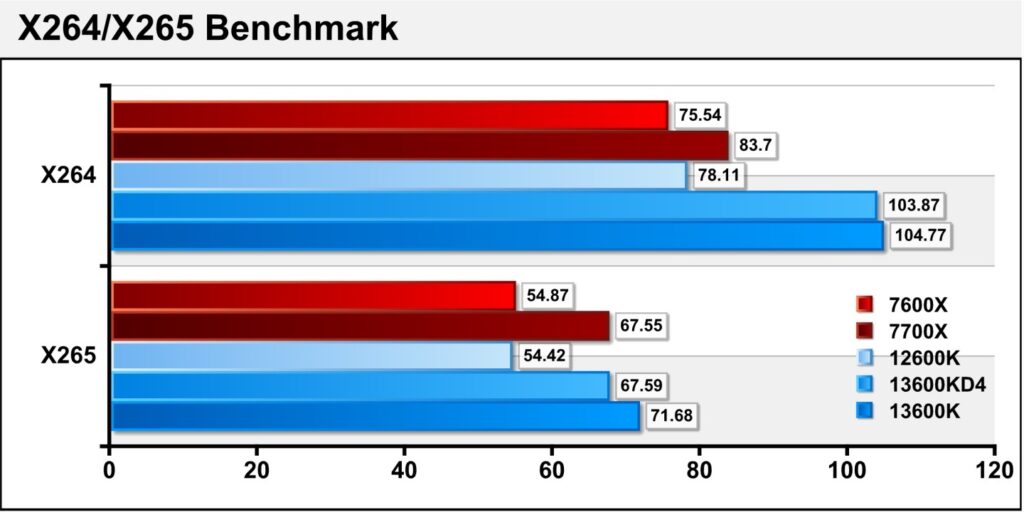
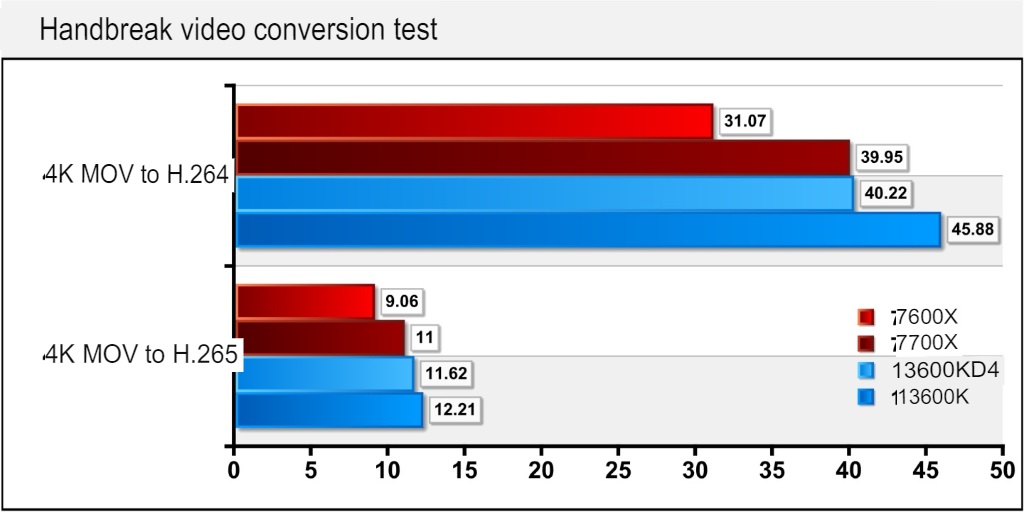
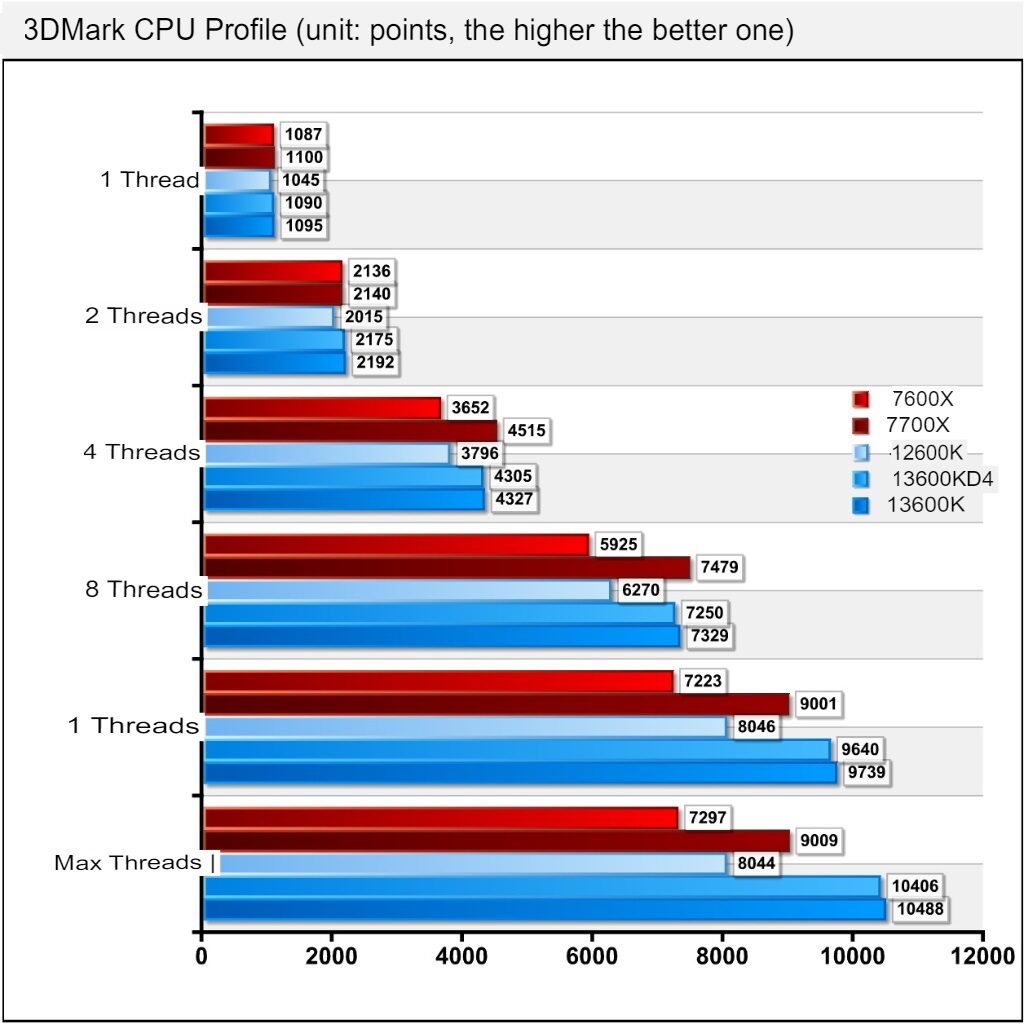
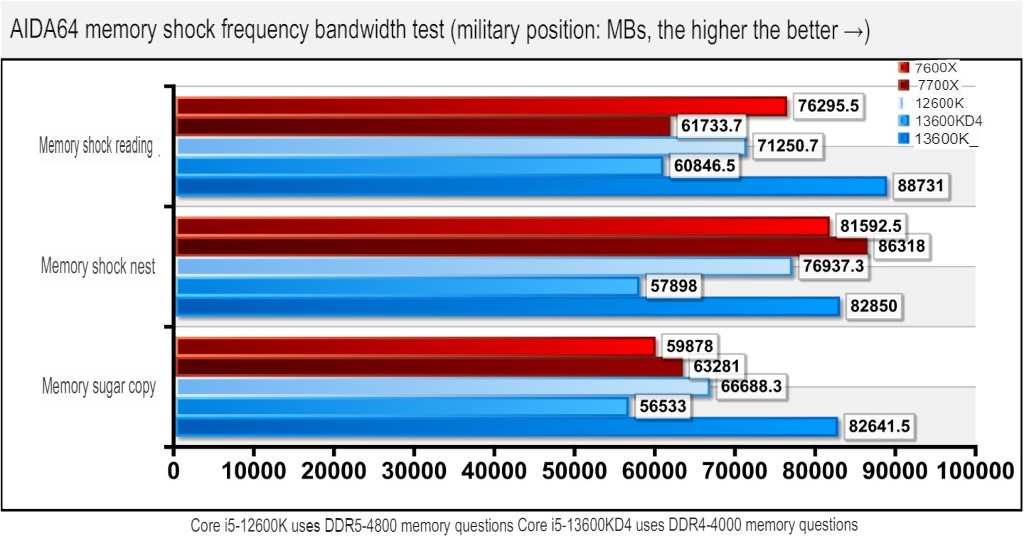
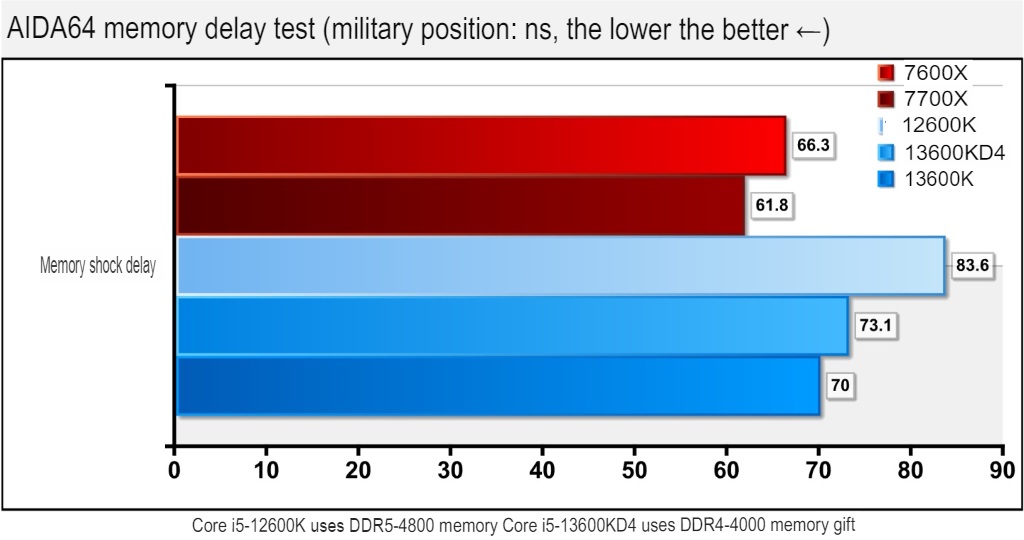
Game Performance
Next, we continue to analyze the impact of two different memories on game performance.
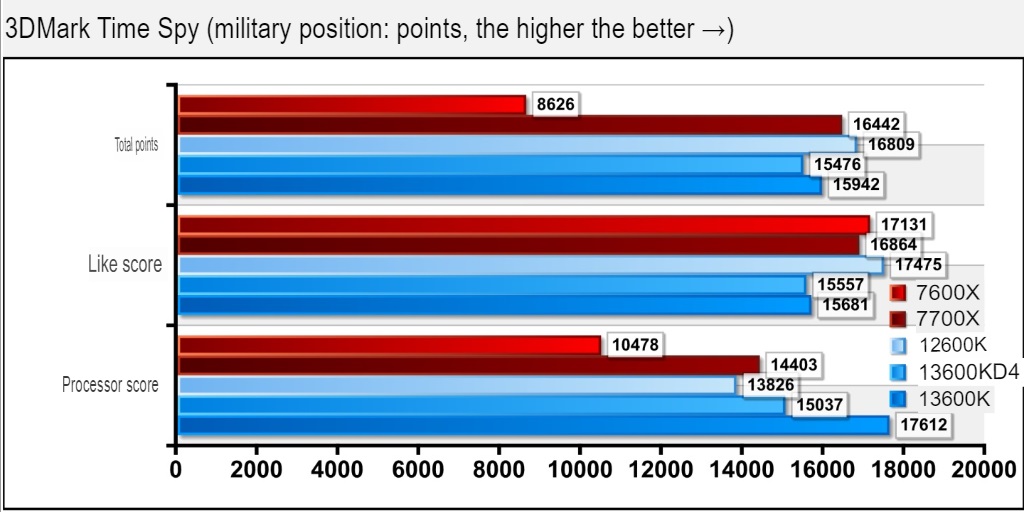
The main difference between the two types of memory is the processor score, the difference is as high as 14.62%, and the difference in the total score is 2.92%.
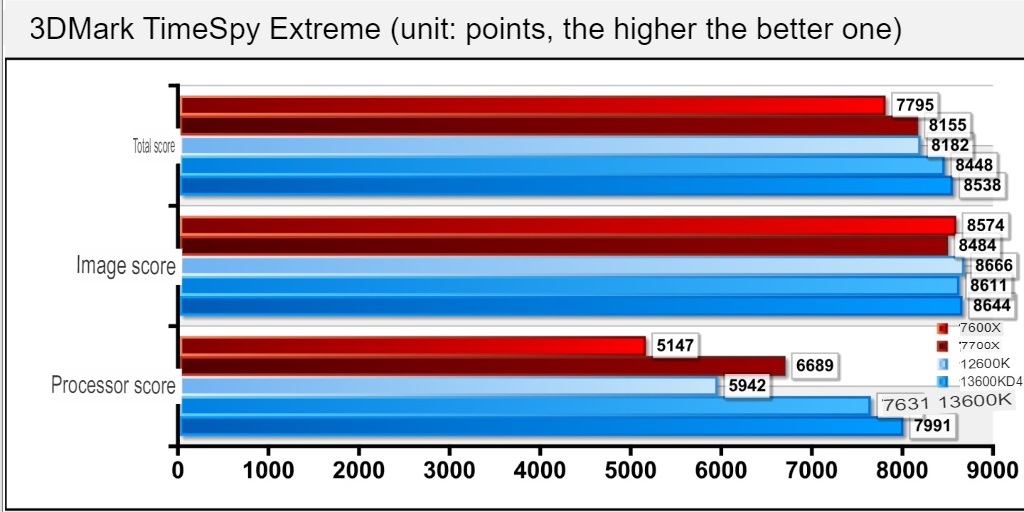
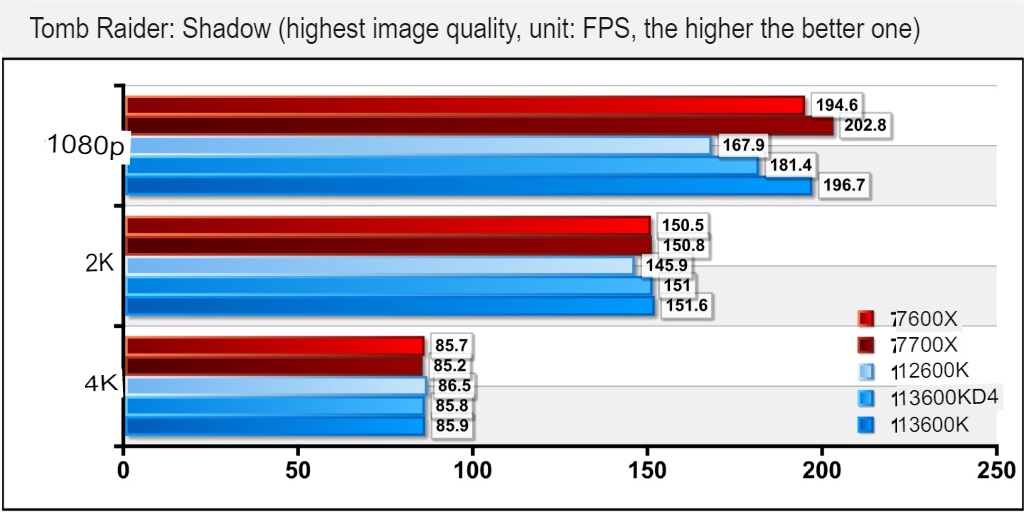
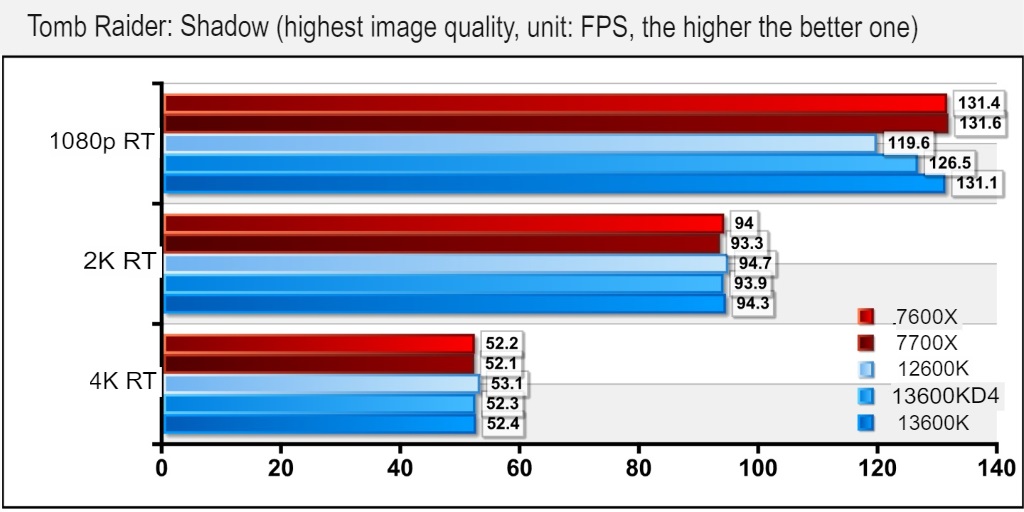
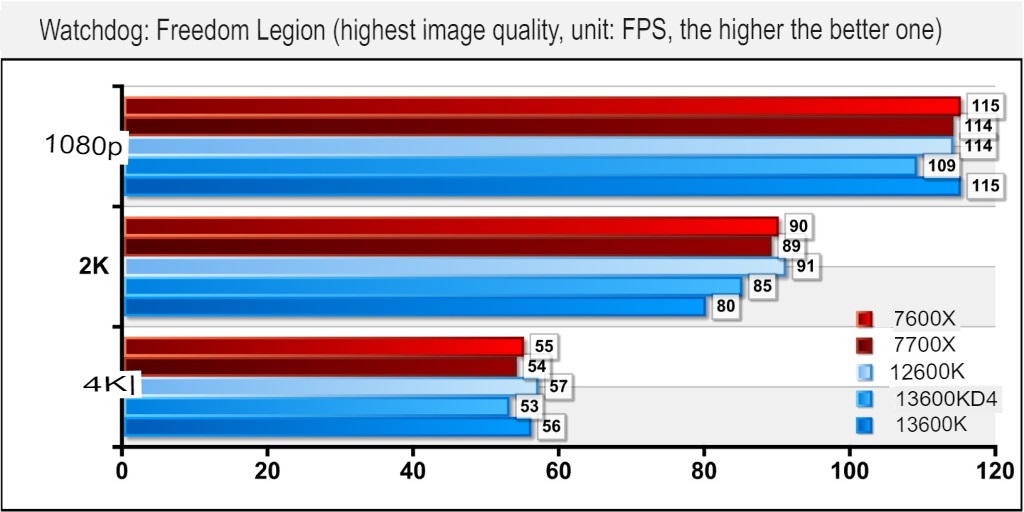
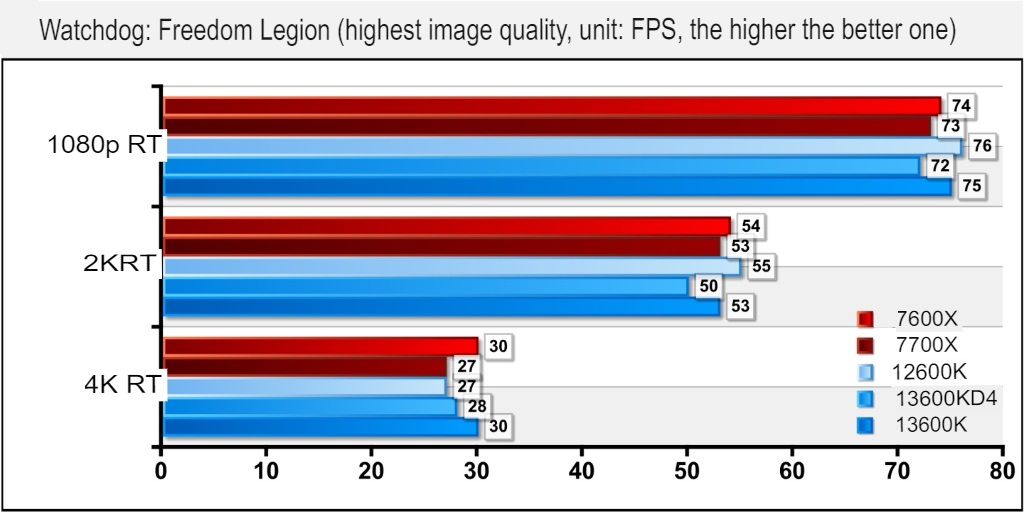
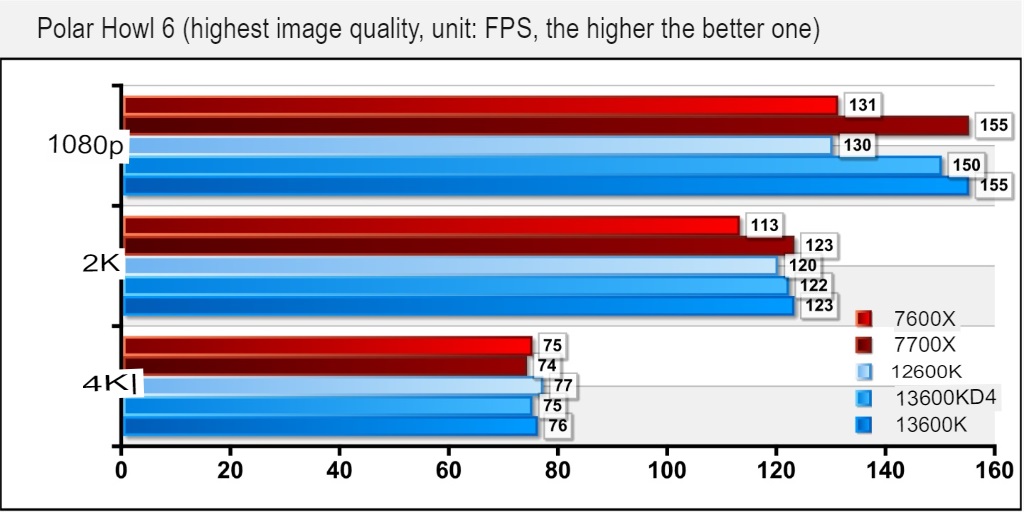
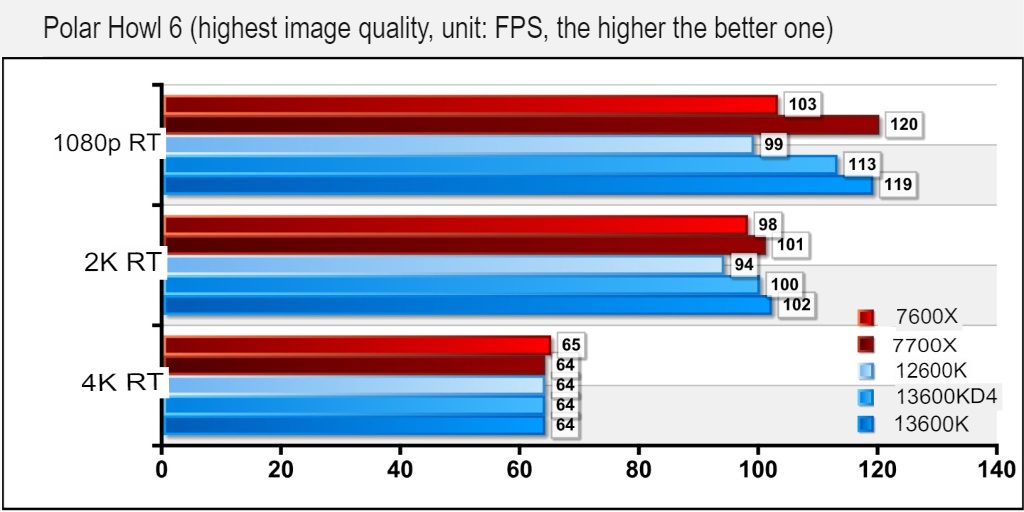
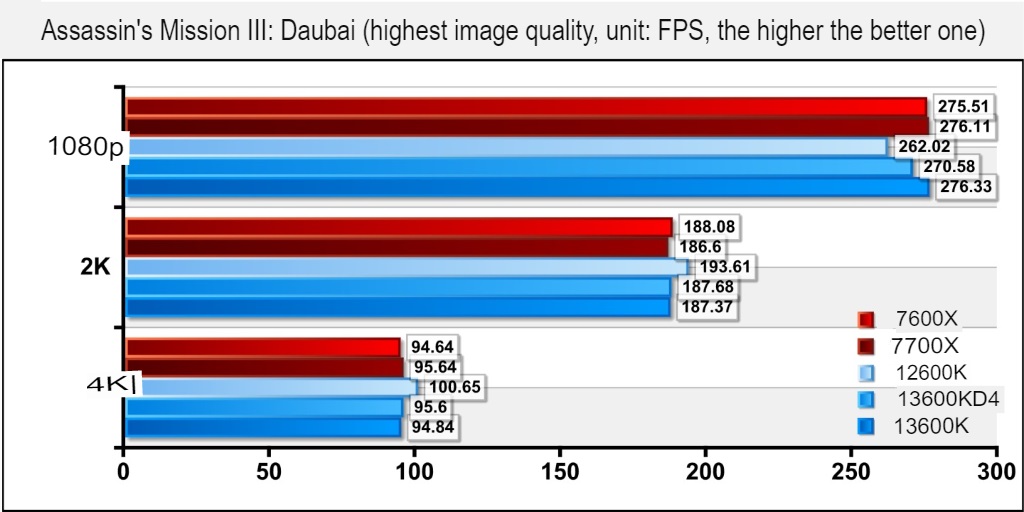
The DDR4 platform is 2.08% behind the DDR5 platform at 1080p resolution, and its performance is not as good as the two rival processors.
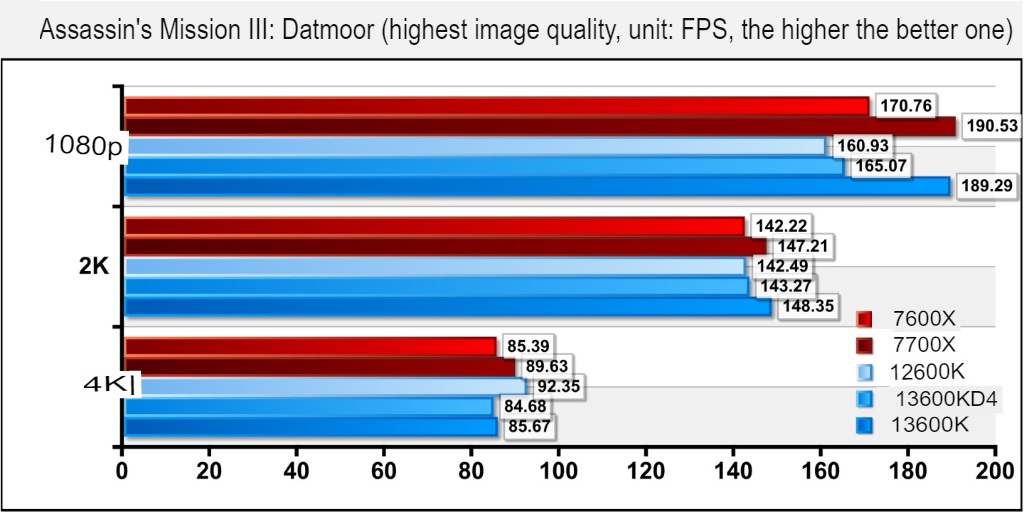
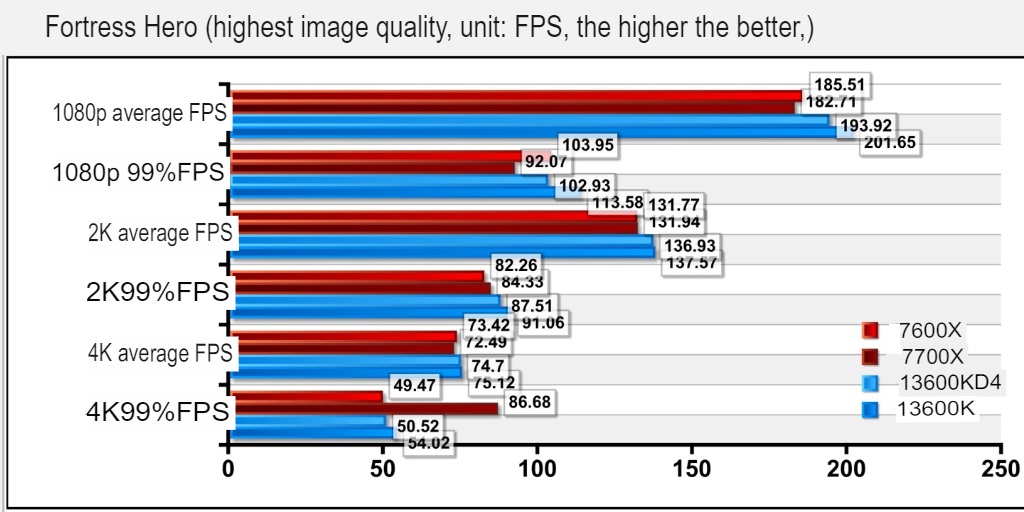
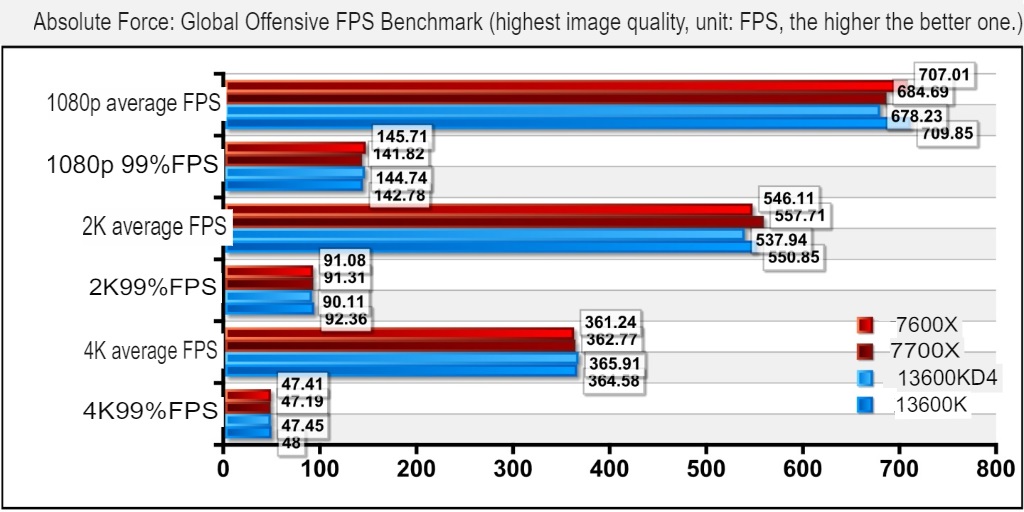
Gamers can choose the DDR4 platform
From the above test data, it can be roughly sorted out that the performance of Core i5-13600K with DDR4 and DDR5 memory is indeed different, but the difference is about 5%, which is acceptable and does not affect the actual use range. For budget-conscious consumers, whether they are building a new computer or want to use the existing DDR4 memory, it is recommended to choose a motherboard that supports DDR4 memory to reduce the overall cost.
Taking a closer look at the game performance, we can notice that in addition to the obvious performance gap at 1080p resolution due to the CPU Bond, at 2K and 4K resolution, it is due to the performance of the graphics card. The bottleneck (GPU Bond) is almost the same, so for players who want to enjoy the high-definition gaming experience brought by AAA masterpiece games, saving the memory budget and transferring to an upgraded graphics card is more beneficial than choosing a DDR5 platform. .
As for competitive games, although there are differences in performance, the 2 games tested this time have FPS performances of 180 frames and 600 frames respectively at 1080p resolution. First, it has exceeded the update frequency of most screens. Second, it may be possible It also exceeds the player’s perceived limit for latency, so this performance gap is negligible.
Considering that the Intel 700 series chipsets and motherboards only support the 12th and 13th-generation Core I processors, there is no need to worry about the flexibility of future upgrades and whether the memory can be used.
Main processor market reference prices (TWD):
(Updated 2022 10/21)
Ryzen 5 5500 $4,800
Ryzen 5 5600 $4,970
Ryzen 5 5600G $5,290
Ryzen 5 5600X $5,970
Ryzen 7 5700G $8,290
Ryzen 7 5700X $7,970
Ryzen 7 5800X $8,970
Ryzen 5 7600X $9,750
Ryzen 7 7700X $12,950
Ryzen 9 7900X $17,950
Ryzen 9 7950X $22,950
Core i3-12100 $4,600
Core i5-12400 $6,550
Core i5-12500 $6,990
Core i5-12600K $9,500
Core i7-12700 $11,200
Core i7-12700K $12,600
Core i9-12900 $16,300
Core i9-12900K $17,100
Core i9-12900KS $22,888
Core i5-13600KF $10,100
Core i5-13600K $10,990
Core i7-13700KF $14,300
Core i7-13700K $15,200
Core i9-13900KF $2,1000
Core i9-13900K $22,000
If this article is helpful for you, please share this article with your friends on social media. Thank you!!
This article is based on the personality of the reviews. You are responsible for fact-checking if the contents are not facts or accurate.
Title: Intel Core i5-13600K with DDR4 memory performance measurement: DDR4 end game grabs a wave of CP value combinations
